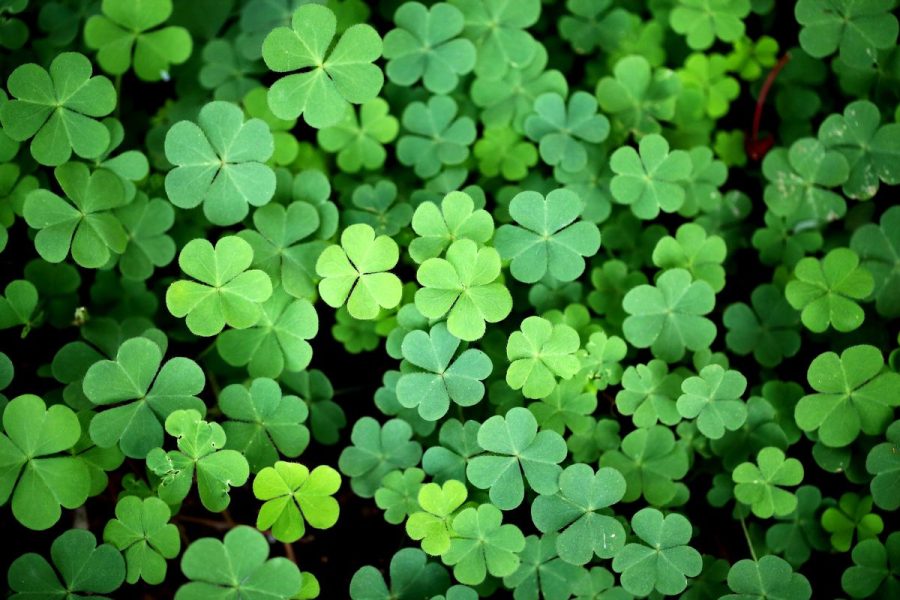Leprechaun Day!
March 20, 2023
St. Patrick’s Day is right around the corner. On March 17, people from all over the world celebrate the day by wearing green, drinking shamrock shakes, and decorating with leprechauns and pots of gold! Here at Penns Valley, students and staff take part in the fun of pinching each other if anyone has made the mistake of not putting on some green for the day. Personally, I’ll be making sure I’ve got mine on!
There is a great deal of luck based around St. Patrick’s Day. This is due to the Irish generally being associated with luck. Four-leaf clovers are the most commonly known good luck symbols; however, leprechauns, shamrocks, pots of gold, and rainbows are also things the Irish consider lucky and are commonly brought up throughout the holiday.
What does St. Patrick’s Day mean to others? Do other people feel especially lucky on this holiday? Mr. Mike Farley says, “St. Patrick’s day is actually a very lucky day for me. It was the first date I had with my wife and I got the keys to my house that day. So I do believe that it is a very lucky day.” Everyone has special associations with the holiday and some people, like Mr. Farley, are much luckier than others.
The day began as a tradition in Ireland. People there practice religion and eat meals to honor a patron saint of theirs on his death date. Long story short, St. Patrick was born in Britain but was kidnapped as a teen. He then spent his life in Ireland converting the Irish to Christianity. St. Patrick was able to establish many churches, schools, and monasteries.
Many people wonder why the shamrock, a three-leaf clover, is associated with the day. This, once again, relates straight back to St. Patrick. In his attempt to teach Christianity to the Irish communities, he used the clover as a way to symbolize the Holy Trinity to those who didn’t believe.
St. Patrick’s Day became a part of America as Irish immigrants came to the land. It’s really just one big celebration of Christianity being introduced to Ireland!
Want to learn more? Click here!

